Our environment influences our behaviour! We all know that and use that fact all the time clicker training our horses. How does your environment benefit you?
We set up our horses for success all the time. We present a target (environment) to our horse, so he can touch it!
We teach our horses not to mug us when we’re training with food. The food in our pockets and our presence becomes the ‘On’ switch for Learning, for our horses.
Your horse starts to think what behaviour does lead to treats? They figure out in minutes that mugging is not the answer anymore.
After a few clicker training minutes your horse is already thinking “How can I influence my environment [the treats] with my behaviour?” . We changed the learning environment for our horses and helped him learn fast with positive reinforcement (R+).
You already know and experienced that the environment plays a huge role on the behaviour and learning process of your horse.
Yet, I still see so many of us fall back on negative reinforcement-thinking and therefore struggling hugely with using clicker training effectively. I’ll elaborate on that below.
Thinking mistake #1
This is when you get start thinking that clicker training maybe takes longer than negative reinforcement… NO!
Untrue! When you fall into this thinking mistake, it’s because you try to use positive reinforcement in a negative reinforcement environment! Or trying to use a tool in your clicker training that is designed for R-!
Have you ever consciously changed your own environment to enhance your clicker training? Clicker training can be unnecessary difficult and hard when your whole environment is set up to be successful as negative reinforcement trainer! It’s trying to fit a round peg into a square hole.
How to set YOURSELF up for success
Change your environment!
How?
You’ve probably already done it in the past. When you
- Went to a clicker clinic. You surrounded yourself with likeminded people and emerged yourself in positive reinforcement approach/thinking.

Do you remember how much you learned in just one weekend? That’s the power of your environment! It’s easy to clicker train your horse and to think of new R+ approaches when everyone else is giving you positive input and ideas! When you see other women clicker training their horses successfully, it inspires and gets your creative positive reinforcement juices flowing!
- Watched videos about clicker training just before you went to your horse.
You’ve changed your (internal!) environment and it sparked ideas and motivated you to do the same.

- Spoke with another clicker trainer, or a friend and you discussed your struggle. You got new insights of solving your struggle and got your momentum back.
By creating a distance (looking at your struggle, challenge or problem) from a different angle, it was possible to think of a different approach.
Sounds familiar?

What keeps you struggling in clicker training your horse
Often the answer is: Your environment!
How?
Thinking mistake #2
When you try to use positive reinforcement using negative reinforcement training tools (environment)! You set yourself up for FAILURE!
Round pen
You use a round pen to exercise your horse with positive reinforcement and you can’t get your horse moving effectively and burning calories. Why is that?
A round pen is purposefully designed to chase a horse a-round! There are no corners to escape.
Have you ever noticed that horses find the corners of the arena when you chase him around? They change direction: they want to have a choice and try to influence their environment: your behaviour!
Negative reinforcement trainers struggled with that problem, so they took out the corners! They made the pen so small they could reach the horse at any time, in any place in order to apply the aversive (pain, the threat of pain/injury) effectively. They needed to reach the horse with their whip, training stick, carrot stick, the ‘extension of their arm’, rope or whatever tool they are using to make the horse move.
A round pen is designed to chase the horse around, without an escape. It’s designed to ‘teach’ the horse that there is only one answer possible: go forward until the trainer says otherwise!
Now, when you don’t realize that and you want (expect) the same result using positive reinforcement, you’re setting yourself up for failure!
You can’t be as successful in clicker training if you’re trying to use a training tool that is designed to create success with R-! You have to think of ways to design positive reinforcement tools and use the environment to support your training method. The person who invented the reverse round pen was well on her way!
Training tools, techniques and people
Choosing the right tool for the job is detrimental for you success! The better your tools, techniques and people you surround yourself with, the better results you get!
R+ Tools & Techniques
This is a part most clicker trainers do already really well: they use targets, mats, food reinforcers and bridge signals (click).
Do you have the support you need, to think more like a positive reinforcement trainer?
Thinking Mistake #3
Thinking you can change traditional horse people to see the benefits of clicker training… Fact is: you can’t change anyone! You can only change yourself. Trying to convince R- trainers of positive reinforcement is very hard and often impossible. Stop doing it, it will drain your energy. Instead focus on finding better people to spent your time with.
Surround yourself with Positive People!
This sounds like an open door! Yet, so many people surround themselves with unsupportive people. Then they tell themselves they can’t do anything about it, and back that up with an excuse (“There are no clicker trainers or barns in my area”). Now they’re really stuck! They get very unhappy, often even desperate. I’ve seen people seriously spiral down from there. They start doubting themselves or their approach. They start to think clicker training isn’t the best way. Don’t let that happen to you!
Are your barn people supportive?
One of my clients boarded her horses in a very traditional boarding facility. Old fashioned cowboy methods, like tying up 2-year old horses in their stall for hours to ‘teach them to be tied up’- kind of ways. It was very hard for her to clicker train her horses in that environment because the ‘norm’ was to be abusive and use coercion to get things done. They were not only abusive to their horses, but also to her!
They told her that she was a bad horse owner, not a real horse person and that she was spoiling and ruining her youngster with treats and soft approaches. That it was time to put a saddle on her horse and stop being a pussy.
No wonder, it was a struggle for her to clicker train her horses. She was always worried that she would run into other people at the barn. That someone would watch her and commented. Because they did… All the time!. I was horrified to hear how they crapped on her training. It was verbally abusive! Not supportive at all.
Do you avoid clicker training when people are around?
It was extra hard on her because she already was already a bit insecure (who isn’t sometimes?). She was relatively new to being a horse owner. She’s in her forties and bought her first horse only two years ago. She’s not a person ‘who grew up with horses’. And she was also new to clicker training. Still she did such a good job clicker training her horses! Her results spoke for itself.

If you have people in your environment commenting negatively on your clicker training and your approach, ask yourself how you can surround yourself with better people!
When my client became a part of my R+ community (the HippoLogic Clicker Training Academy) she often expressed her mitigation of being in a supportive, uplifting and positive environment where people believed in her and her approach!
She leaped forward and developed her clicker training skills within a year. It was a joy to watch her evolve and she her improve her horses behaviours! Eventually she moved her horses to a different boarding facility.
Can you imagine how it’s like, to dread going to the barn every, single day? Can you see how this will interfere with your happiness of being a horse owner? How it will interfere with your clicker training? How this will prevent enjoying your horse and having fun training and riding? After all, we have horses to enrich our lives, right?
Change your environment, change your outcome
- Use or design a training environment and tools that support and enhance positive reinforcement! For example use a reverse round pen (or even better the HippoLogic Reverse Rectangle) to exercise your horse
- Change your internal environment (ideas, solutions, approaches) by watching clicker training videos and/or trainers or discuss your training with other positive reinforcement trainers before your training so that thinking like a positive reinforcement trainer becomes your habit.
- Find a tribe that inspires you! They’ll be a daily reminder to keep going with R+!
- Surround yourself with positive people, who support you and respect you and your R+ training! Let go of Debby Downers and Negative Nancy’s!
Do more with Clicker Training!
Are you a compassionate horse owner who wants to build a strong friendship with your horse? Would you like to understand your horse better and help your horse to understand YOU better? Get access to high quality online training and a fabulous, supportive R+ community in our HippoLogic Clicker Training Academy. Check out the link!
Want to do more with Clicker Training?
Join the HippoLogic Academy! I coach and support you personally getting your dream results with positive reinforcement, so that you can bond with your horse in the process. Create a connection build on mutual trust and understanding, a clear two-way communication built on love. Click the image to go access the application form ↓

Not sure? Start with a free clicker training assessment to get taste of what it feels like to work with me. When you have a specific struggle that you want to overcome, don’t hesitate to contact me.
In this assessment you’ll discover what’s holding you back from accomplishing the things you want with your horse. After our conversation you’ll know exactly what to do, in order to move forward towards your goals.
Happy Horse training!
Sandra Poppema, B.Sc., founder of HippoLogic & HippoLogic Clicker Training Academy

Join us!








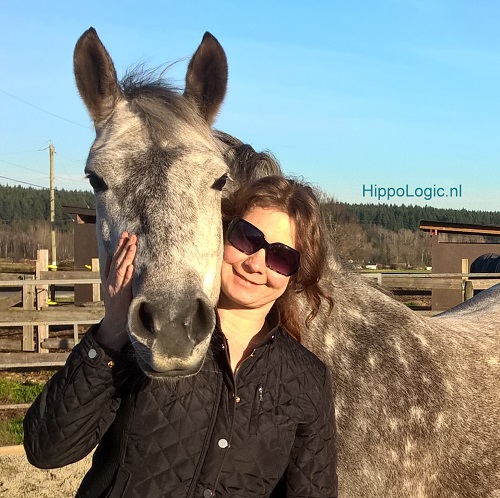








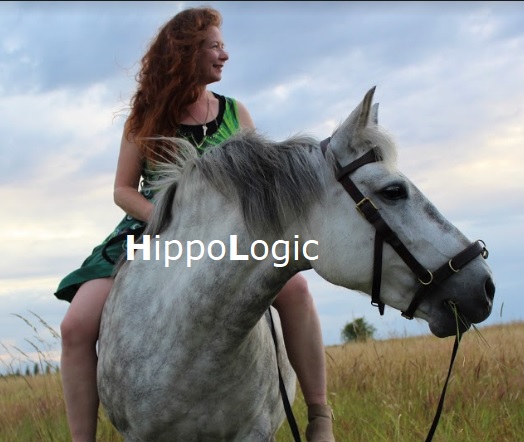
 If your horse goes ‘over threshold’ due to trigger stacking it means the horse can’t coop with the stimuli (the unfamiliar or new thing in the arena, the fact that he can’t investigate, that he is forced to approach it and so on) and he goes into flight (sometimes fight) response in order to release the tension.
If your horse goes ‘over threshold’ due to trigger stacking it means the horse can’t coop with the stimuli (the unfamiliar or new thing in the arena, the fact that he can’t investigate, that he is forced to approach it and so on) and he goes into flight (sometimes fight) response in order to release the tension.
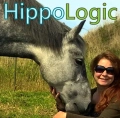


 Preventing pitfalls
Preventing pitfalls




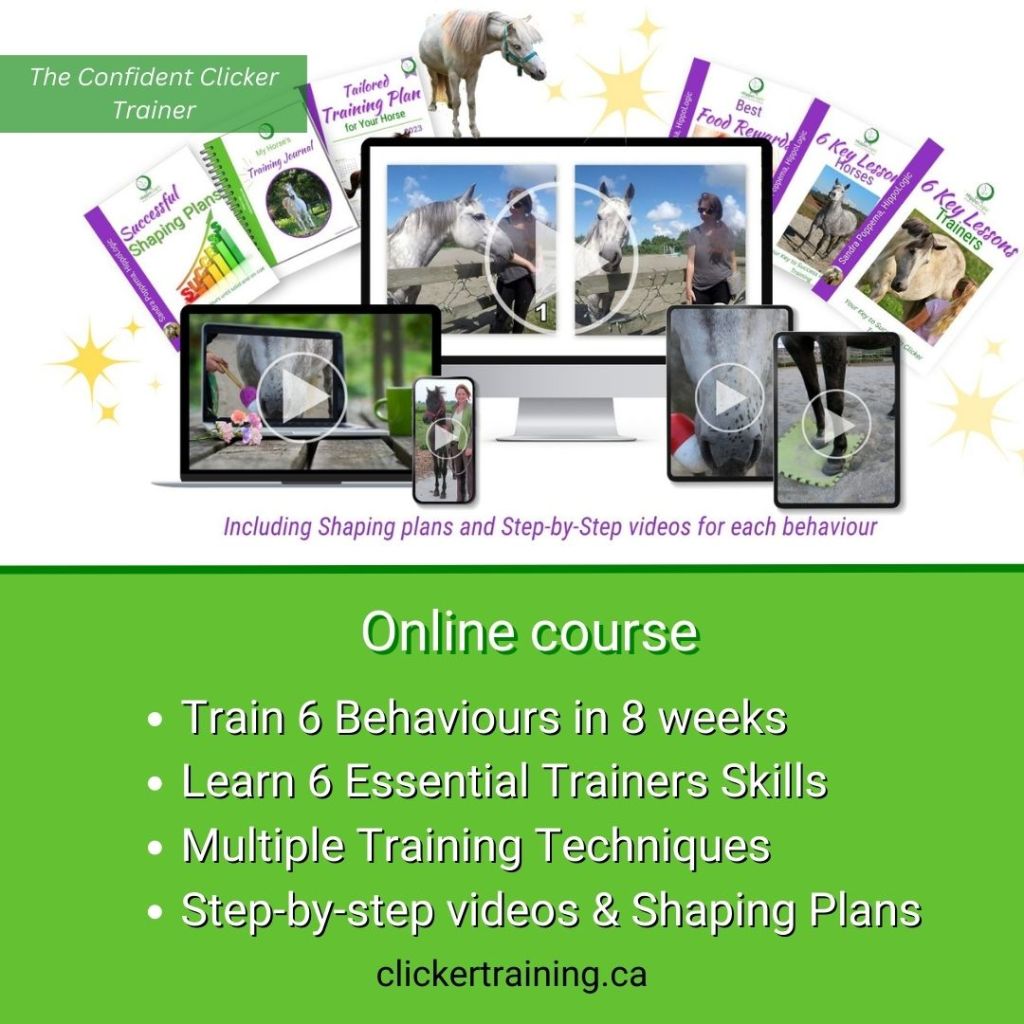

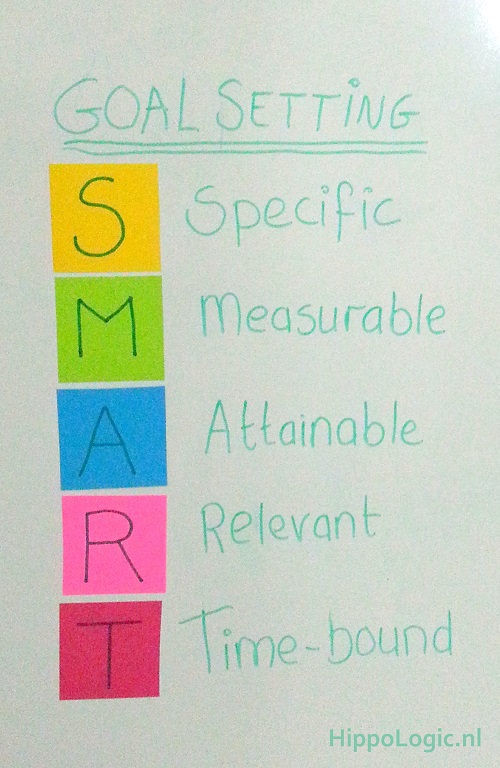
You must be logged in to post a comment.